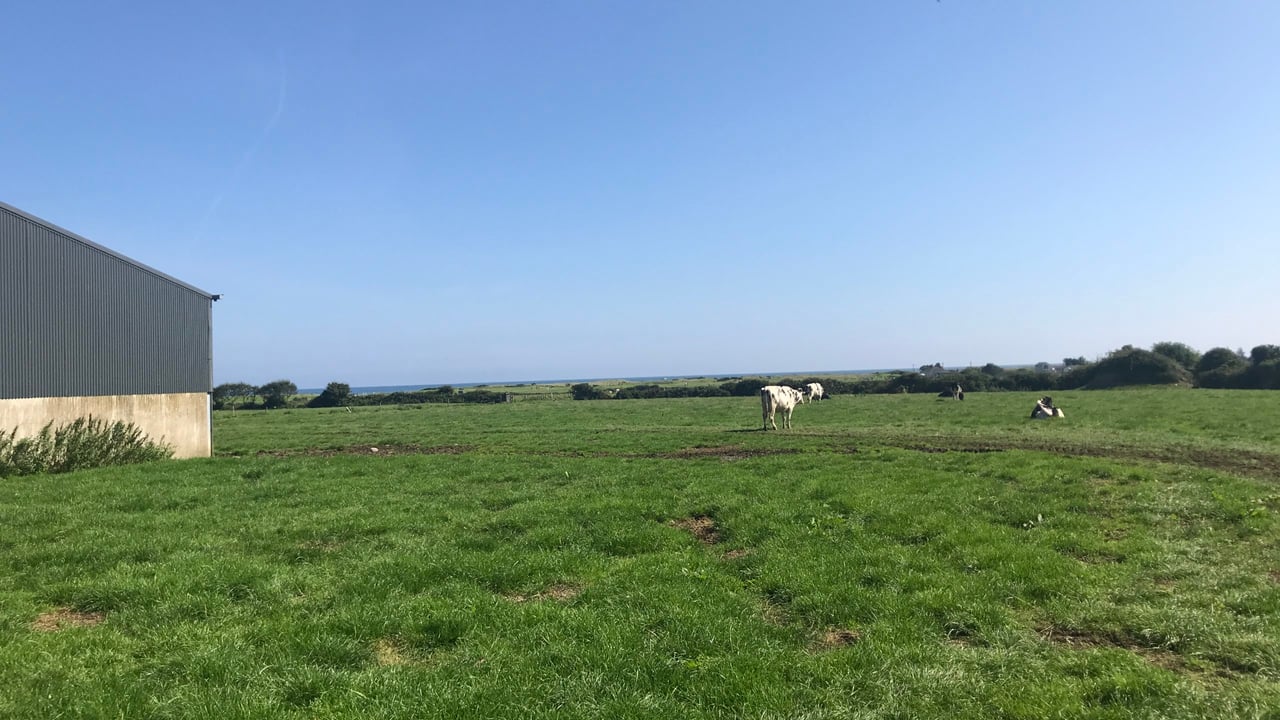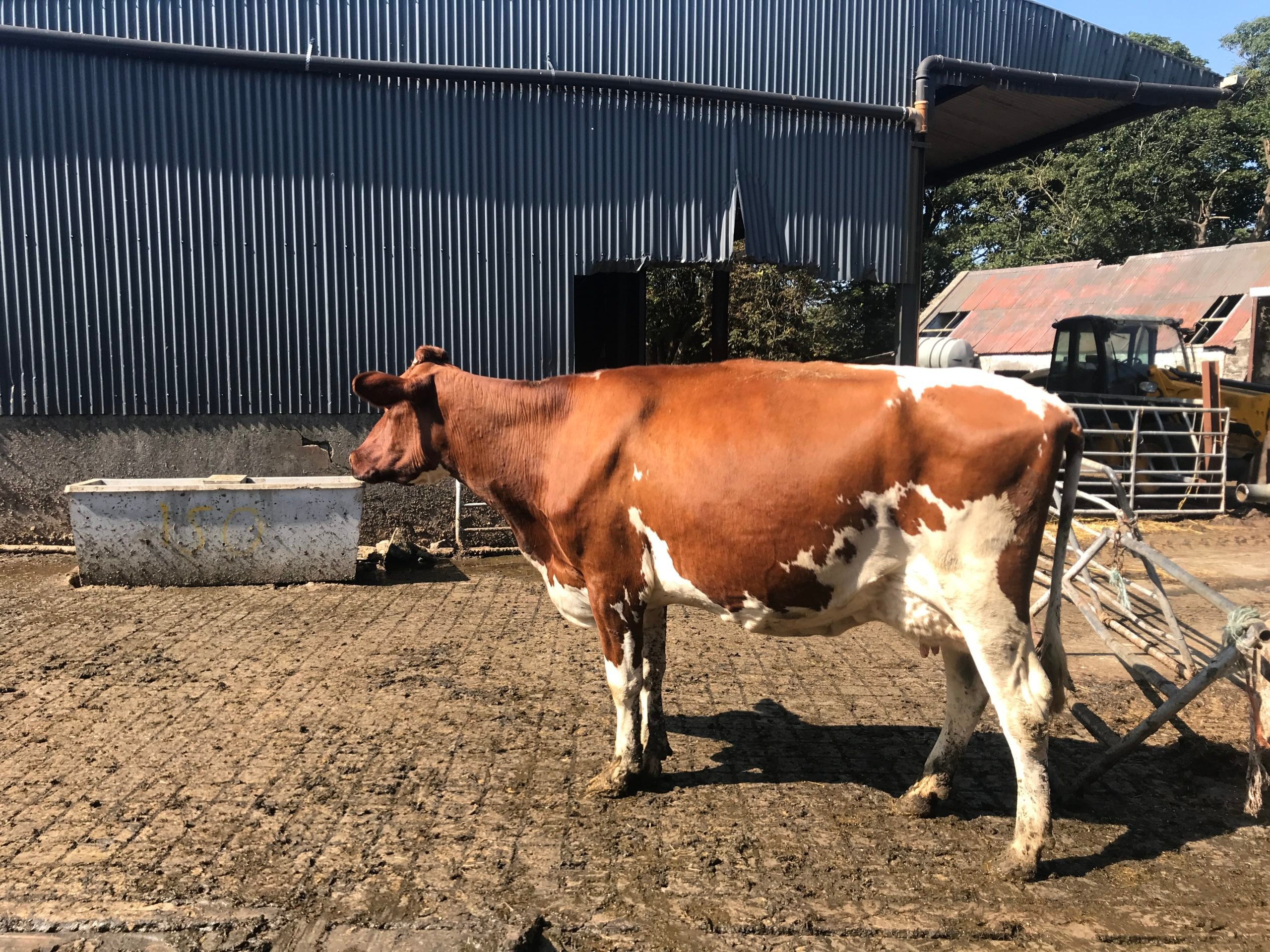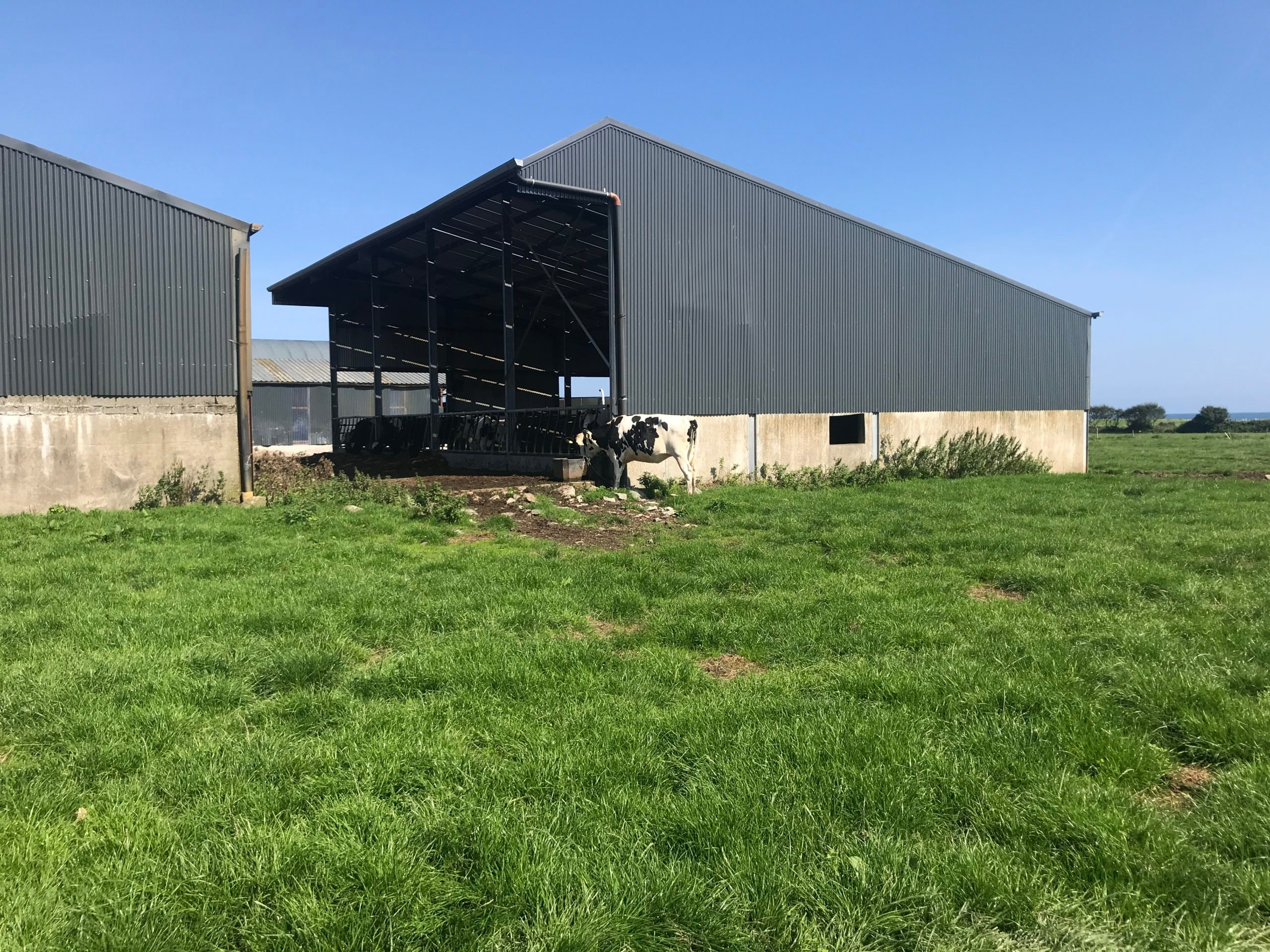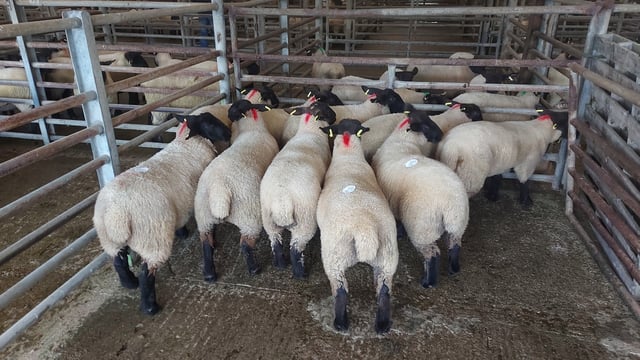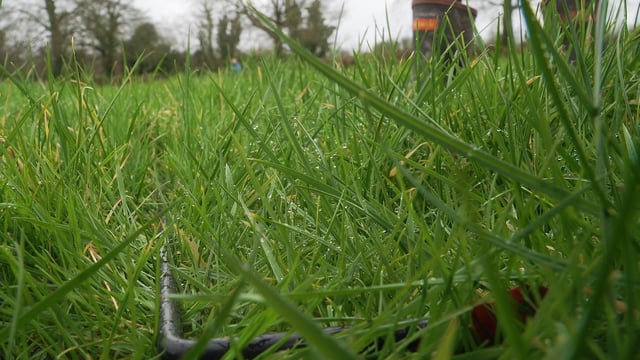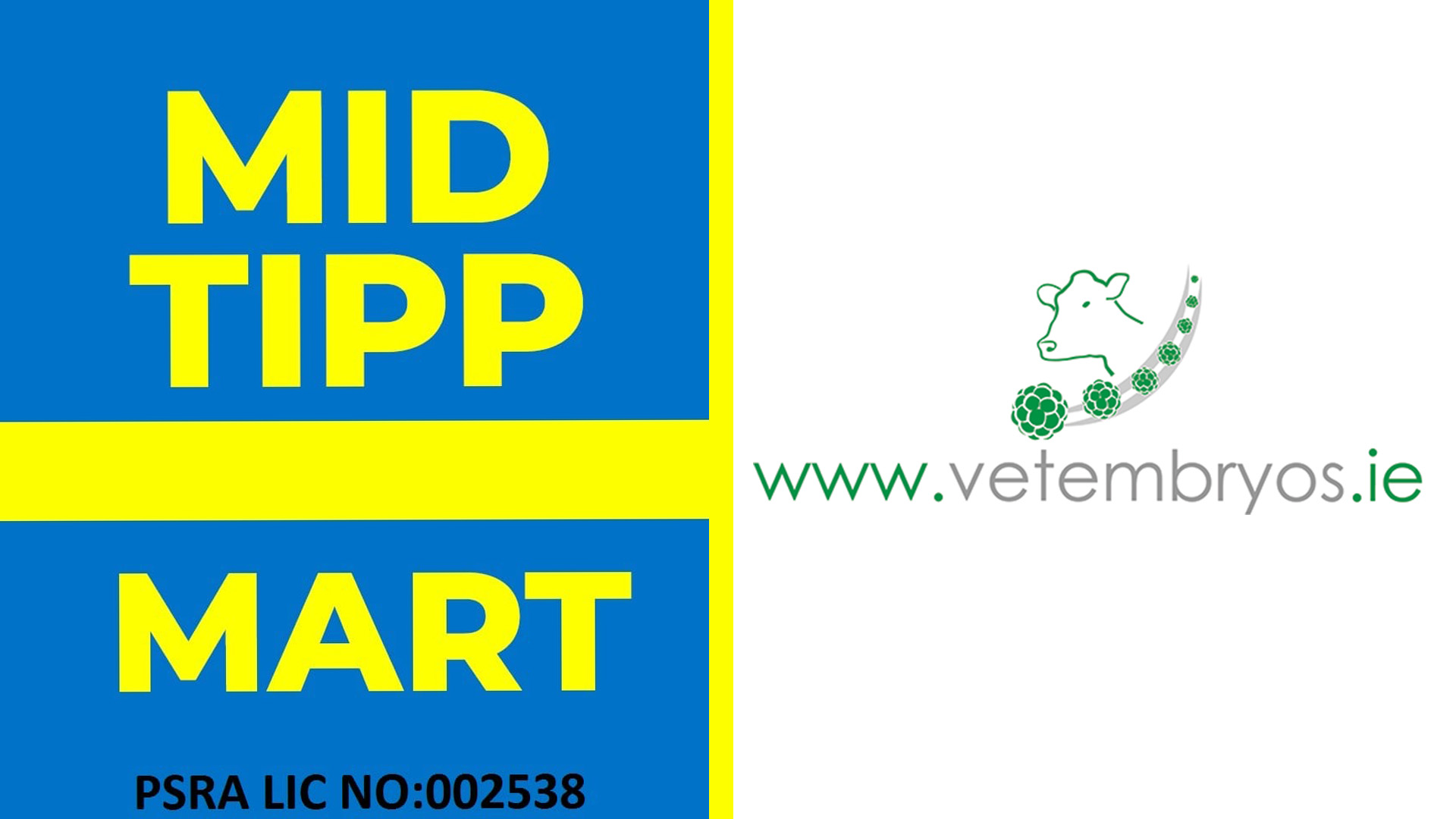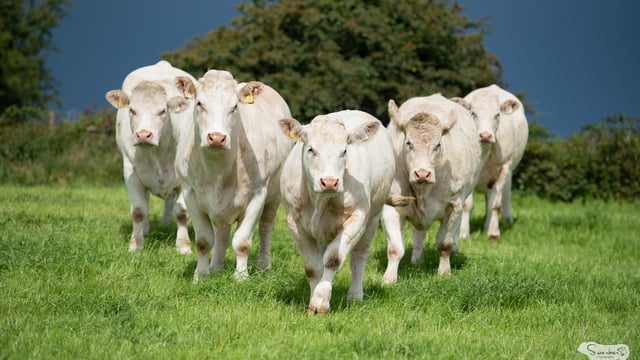Dairy Focus: 40 years of breeding at Tubbertoby Holstein
In this week’s Dairy Focus, Agriland made the trip to meet Paul and Matthew Flanagan from the Tubbertoby herd, on their farm located just outside Termonfeckin, Co. Louth.
Paul, his wife Marguerite and children Matthew, Thea and Ella, are currently milking around 90 Pedigree Holstein cows in a split calving system.
Paul attended Multyfarnham Agricultural College from 1983 to 1984. He then worked abroad for a number of years in the UK and United States, before returning home in 1987 to take over the running of the family farm.
When he retuned home, Paul took over the breeding decision, increasing the use of Holstein genetics.
Paul made the decision to import a number of cows from Canada, with many of these cows being the start of the cows that are currently on the farm.
Matthew complete his leaving certificate in 2018 and is currently in his third year of studying Sustainable Agriculture at Dundalk Institute of Technology (DKIT).
He is currently splitting his time between the home farm and working for well-known Pedigree breeder Thomas Kelly from the Monamore herd.
The Flanagan family has been on the farm since the late 1800s. In Paul's grandfather's time it was operated as a mixed farm, with a small bit of tillage, along with a few sheep and cattle.
That system continued until the early 1970s when Paul's father moved into full-time dairy farming, starting with Shorthorn and Friesian cows.
Commenting on this, Paul said: "He joined the Irish Friesian Breeders Association in the mid-70s and started registering pure Friesian cows.
"That continued until the mid-80s. When Holstein genetics became available, we saw the benefit of getting more milk out of cows compared to the Friesian cows.
"We started using Holstein bulls that were available and began registering pedigree cows."
Cows are turned out to grass as early as possible in spring, with cows grazing during the summer months, along with buffer feeding to maintain yields.
The land base around the yard is limited, with a number of out-farms used to rear replacements and for cutting silage.
Speaking about the system operated on the farm, Paul said: "We operate a 50:50 spilt for spring and autumn calving.
"The maximum number of cows we would milk is 95 and we do not really drop below 80 cows milking at any time.
"The family help as much as possible but it is mainly a one man operation, so the calving season is a little more spaced out. This helps to reduce the workload during the calving seasons.
"Some of the top cows in the herd are producing between 11,000L and 12,000L, with heifers producing around 7,000L."
The system operated on the farm requires high quality feed to maintain production and cow condition.
The Flanagans try to make top-quality silage, with the aim of a mid 70s dry matter digestibility (DMD), into the 80s. Maize is also grown for feeding during the winter and into early spring.
Paul said: "We find the maize is great for keeping condition on cows and maintaining solids.
"Cows are given a top up of concentrates in the milking parlour, depending on production.
"When grazing, the cows are kept in one group, but they would be spilt when housed into high and low yielders."
In the late 1980s Paul made the decision to purchase and import a number of cows from Canada to try and obtain some of the best genetics available at the time.
Commenting on this, he said: "We tried to pick some of the best cows from the best cow families with good pedigrees behind them.
"There were not many of those types of cows available in Ireland at the time, there were a few in the UK - but they were hard to come by.
"It was a while ago now, so some of those cow families are longer on the farm and have been replaced by other families.
"We would continue to buy heifers or embryos to introduce new cow families to continue the progressing of the herd."
Currently only Holstein Friesian artificial insemination (AI) sires are used, with no beef AI or stock bulls used.
This is mainly to produce heifers to sell, but that might change depending the new Nitrate regulations and how that will affect farms.
Commenting on the breeding, Paul said: "We are mainly using north America sires, with the aim to produce highly fertile cows, while maintaining production.
"While also keeping an eye on type, we want cows with good udders, feet and legs.
"These cows should last long on the farm and be easier to maintain/manage, we would not chase economic breeding index (EBI) but we would keep an eye on it.
"Some examples of the bulls we are using are Stantons Chief, Woodcrest King DOC and Siemers Lambda Haniko-ET bulls that are leaving medium-sized cows, with good udders and production while also keeping type.
"We would show cows and heifers from the farm in Millstreet in Cork, Tullamore, the Virginia show, the Winter Fair and Balmoral in Northern Ireland - so having cows that keep to type is important.
"Classification is an international standard for breeders, with the score attached to the ancestry of the animal on their pedigree certificate."
One of the families that the Flanagans are trying to expand on the farm is the Joy cow family.
Paul purchased a heifer 'Tubbertoby Absolute Joy' in 2015 from a sale in the Netherlands.
Commenting on the cow, Matthew said: "She is an EX93 cow and is one of the best cows on the farm, but has also produced some great cows.
"They are the type of cow we want to bred. They are powerful, good milking cows, that get on well in cubicles and grazing."
Speaking to Matthew about the plan for the future of Tubbertoby Holstein, he said: "If land became available I would like increase numbers to about 120 cows.
"I want to continue to work with the pedigree cows, I enjoy working with the cows and progressing the genetics within the herd.
"Short-term we want to continue breeding the more balanced, medium-sized cow; it's not going to happen from the first cross. It is going to take a few generations to achieve what we want."

